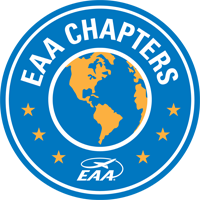I am building a patrol but the question is about welding 4130 to various nuts and washers. The plans have nuts and washers welded in certain locations - for example the aileron push rod 1/4-28 nut.
To my knowledge there is no such thing as a 4130 nut. I was just going to weld on grade 8 nuts to the 4130 unless someone can tell me an alternative.
stan
To my knowledge there is no such thing as a 4130 nut. I was just going to weld on grade 8 nuts to the 4130 unless someone can tell me an alternative.
stan






Comment